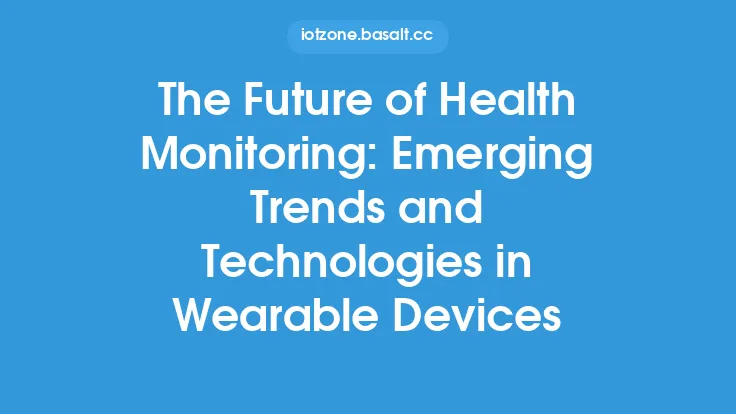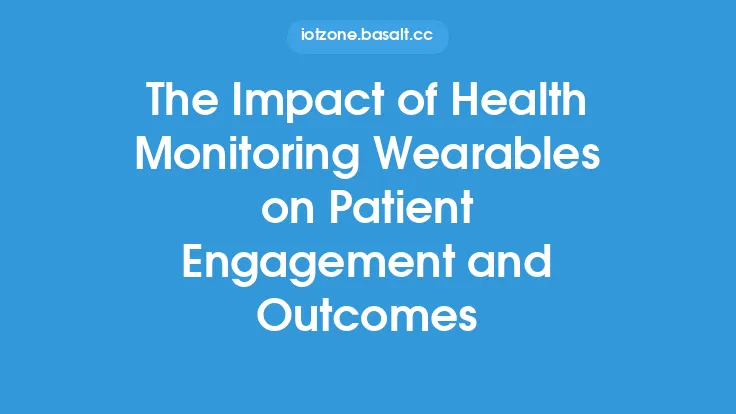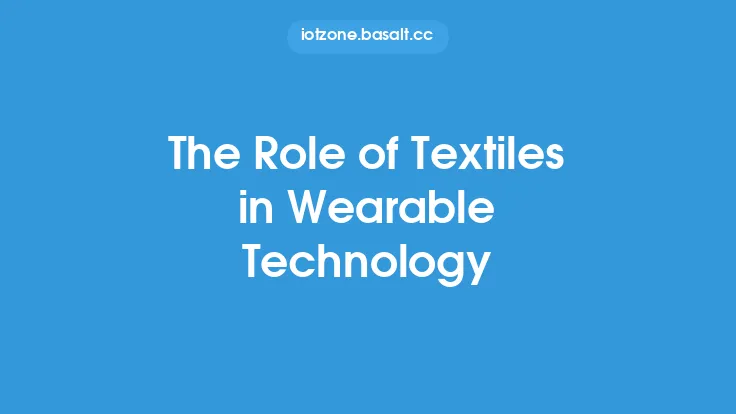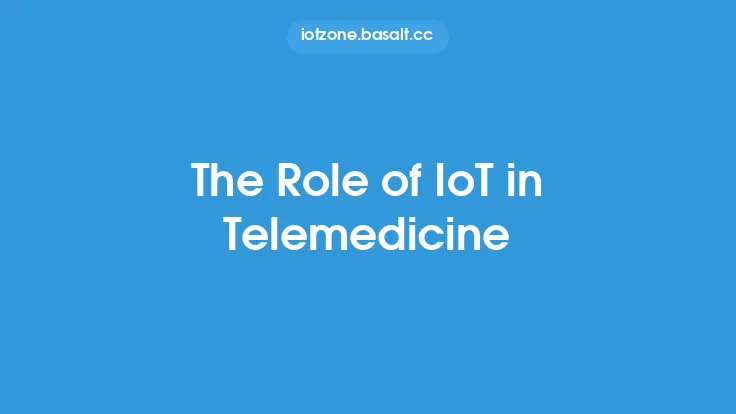The use of wearable technology in remote patient monitoring has revolutionized the way healthcare is delivered, enabling patients to receive timely and effective care from the comfort of their own homes. Remote patient monitoring (RPM) involves the use of digital technologies to collect and transmit patient data to healthcare providers, allowing for real-time monitoring and intervention. Wearable devices, such as smartwatches, fitness trackers, and biosensors, play a crucial role in RPM, providing a wealth of information about a patient's physiological and behavioral parameters.
Benefits of Wearable Technology in Remote Patient Monitoring
The integration of wearable technology in RPM offers numerous benefits, including improved patient outcomes, enhanced patient engagement, and reduced healthcare costs. Wearable devices can track a range of vital signs and health metrics, such as heart rate, blood pressure, oxygen saturation, and physical activity levels. This data can be transmitted to healthcare providers, enabling them to identify potential health issues early and intervene promptly. Additionally, wearable devices can facilitate medication adherence, appointment reminders, and health education, empowering patients to take a more active role in their care.
Types of Wearable Devices Used in Remote Patient Monitoring
A variety of wearable devices are used in RPM, each with its own unique features and capabilities. These include:
- Smartwatches and fitness trackers, which can track physical activity, heart rate, and other health metrics
- Biosensors, which can monitor physiological parameters such as blood glucose, blood pressure, and oxygen saturation
- Wearable ECG monitors, which can detect abnormal heart rhythms and other cardiac conditions
- Wearable accelerometers, which can track physical activity and detect falls or other mobility issues
- Smart clothing and textiles, which can integrate sensors and other technologies to monitor health metrics and provide real-time feedback
Technical Requirements for Wearable Devices in Remote Patient Monitoring
Wearable devices used in RPM must meet certain technical requirements to ensure accurate and reliable data collection and transmission. These include:
- Sensor accuracy and reliability: Wearable devices must be able to accurately measure physiological and behavioral parameters, with minimal error or variability.
- Data transmission and storage: Wearable devices must be able to transmit data securely and efficiently to healthcare providers, with adequate storage capacity to handle large amounts of data.
- Power management: Wearable devices must be able to operate for extended periods on a single charge, with low power consumption to minimize battery drain.
- User interface and experience: Wearable devices must be easy to use and navigate, with intuitive interfaces and clear instructions for patients and healthcare providers.
Clinical Applications of Wearable Technology in Remote Patient Monitoring
Wearable technology has a wide range of clinical applications in RPM, including:
- Chronic disease management: Wearable devices can help manage conditions such as diabetes, hypertension, and heart failure, by tracking physiological parameters and providing real-time feedback.
- Post-acute care: Wearable devices can monitor patients after hospital discharge, reducing readmissions and improving outcomes.
- Mental health monitoring: Wearable devices can track behavioral parameters such as physical activity, sleep patterns, and social interaction, providing insights into mental health and well-being.
- Rehabilitation and physical therapy: Wearable devices can monitor physical activity and mobility, providing real-time feedback and guidance for patients undergoing rehabilitation or physical therapy.
Future Directions and Challenges
The use of wearable technology in RPM is expected to continue growing, with advances in sensor technology, data analytics, and artificial intelligence. However, there are also challenges to be addressed, including:
- Data security and privacy: Wearable devices must ensure the secure transmission and storage of patient data, with adequate safeguards to protect against cyber threats and data breaches.
- Interoperability and integration: Wearable devices must be able to integrate with existing healthcare systems and electronic health records, to ensure seamless data exchange and coordination of care.
- Clinical validation and regulatory frameworks: Wearable devices must undergo rigorous clinical testing and validation, with clear regulatory frameworks to ensure safety and efficacy.
- Patient engagement and adoption: Wearable devices must be designed to engage patients and encourage adherence, with user-friendly interfaces and clear instructions for use.





